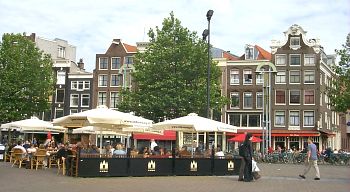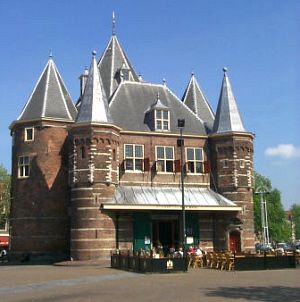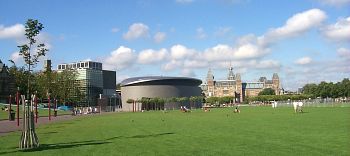There are more than 300 marijuana and hashish selling coffeeshops in Amsterdam. So how do you know where to go and what to order?
The locals have their favorite places to hangout and buy smoke, the ex-patriots theirs. Some places are fun to linger in while you fire up a big fat doobie, others are best just to score da kine shit and leave. So how do you know which is best?
Our Coffeeshop Guide has reviews of 45 of the most popular coffeeshops in Amsterdam with visitor comments. This should give you a good idea of what’s available and what our visitors think about each one. We also have a Coffeeshop List that ranks each coffeeshop on a range of criteria including smoke and ambiance.
In addition we’ve written a series of articles on Coffeeshop Rip-offs to warn you about how the coffeeshop system works and how to avoid getting fucked over when you go to buy weed.
Now I’m going to give you some more advice about purchasing mj and hash from Amsterdam’s coffeeshops.



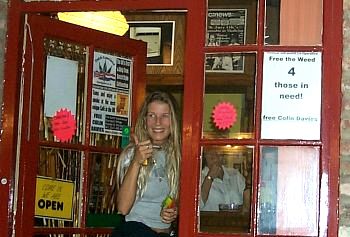
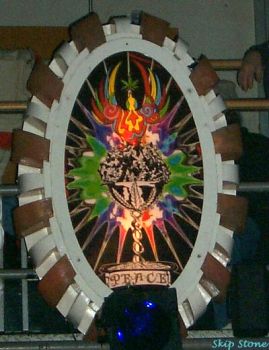
 The Zeedijk has been renovated and is now a wonderful pedestrian mall that wanders through the oldest part of Amsterdam. Once the shipping center of Amsterdam, it’s now home to Amsterdam’s Chinatown with restaurants, pubs, small shops, and many residences hidden away on upper floors.
The Zeedijk has been renovated and is now a wonderful pedestrian mall that wanders through the oldest part of Amsterdam. Once the shipping center of Amsterdam, it’s now home to Amsterdam’s Chinatown with restaurants, pubs, small shops, and many residences hidden away on upper floors. 